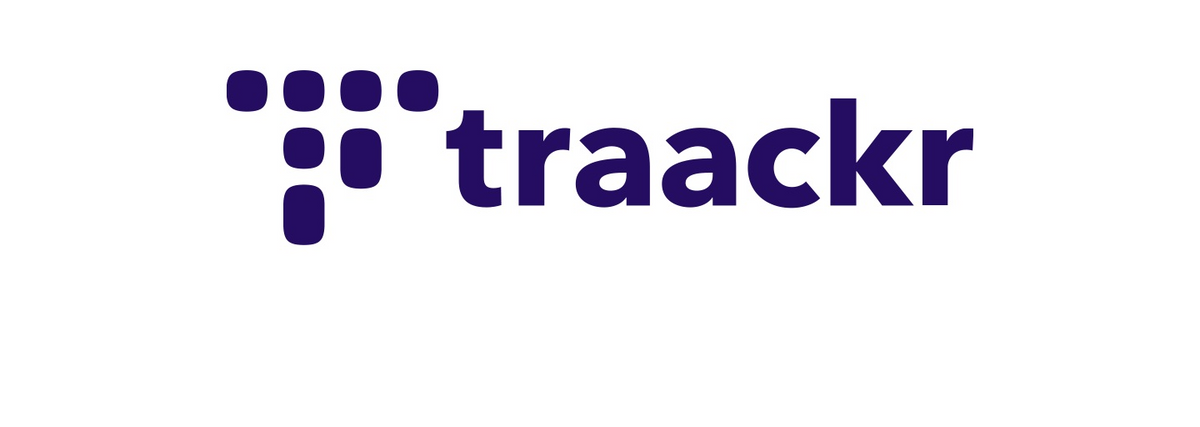Research found in the recent report conducted by the data-driven influencer marketing platform, Traackr, found that fragrance, inclusive skincare, body positivity, and other TikTok-driven content was among the top beauty trends in the influencer market in 2020. Traackr’s ‘State of Influence: Beauty’ aimed to investigate how the challenges of the past year have informed emerging trends in the beauty industry, with a focus on the social media platform and influencer marketing sectors.
The team at Traackr analysed a sample of 41,717 influencers, primarily located in the United States, Canada, and Europe, who produce content and have audiences interested in common beauty, fashion, food, and beverage. The sample included influencers of all tiers, from nano to celebrity. Content produced and shared by these influencers from January 2019 – December 2020 was analysed. Traackr specifically wanted to focus on how 2020 compared to 2019 to produce a report that would provide key industry insights and comparisons.
Pierre Loïc- Assayag, CEO and co-founder of Traackr, said: “2020 was a lesson in accountability and resilience.
“As multiple global issues took hold, brands, and influencers needed to step back from product-focused strategies and adopt humanized and authentic mindsets. In the coming year, we’ll see the need for authentic brand values, strong audience, and influencer relationships, creative and value-based content, and platform exploration continue to grow.”
Let’s explore the findings from the report…
Inclusivity Themes
- Social justice remains top of mind. Although social posts about Black Lives Matter reached a peak during the height of the movement in the summer of 2020. Comparing all of 2019 to 2020, there was a 10,069% increase in posts about BLM and a 36,198% increase in engagement.
It’s possible that this sustained increase is evidence that the influencer community has changed for the better – showing more awareness and action towards social justice issues than before. - Body positivity and acceptance gain momentum. Content discussing body positivity and acceptance saw a 324% increase in the total number of engagements between 2019 and 2020. This growth could be down to the fact that influencers like Lizzo, Jessamyn Stanley, and Katie Sturino had more open and proud conversations about the topic. We also saw brands partnering with a more diverse set of creators to ensure broader representation.
Beauty Content
- “Perfume-fluencers” revive fragrance. In 2020, fragrance saw a resurgence in interest. Fragrance was the second beauty category with the most growth from 2019 to 2020. A major part of that growth was driven by TikTok, with the platform seeing a 237% increase in activated influencers and a significant 1065% spike in engagement. TikTok’s short video format seemed to be and continues to be a perfect place for influencers to share reviews, post tutorials and convey the essence of a fragrance.
- Skincare gets more diverse and honest. Skincare saw a major boost during the pandemic as the ‘skinfluencer movement’ went viral. Although the initial skincare hype seems to have settled down, conversations around diverse skincare saw a 19% increase in engagements from 2019 to 2020, with brands like Paula’s Choice, KNC Beauty, and Black Girl Sunscreen leading the way.
Skincare content is also becoming more transparent and honest as influencers and audiences focus discussions on specific skin challenges like acne (194% increase in engagements), eczema (148% increase in engagements), and rosacea (190% increase in engagements). - Makeup refocuses to specific trends and content. Although conversations about makeup were down broadly in 2020, some brands and influencers still managed to be successful by getting creative and offering specific, valuable content. For example, lip makeup exploded in popularity on TikTok compared to other platforms – with a 134% increase in active influencers and 346% increase in engagements from 2019 to 2020.
Other successful trends that were more common across many platforms included natural makeup looks, high-shine and neutral lips, highly pigmented or artistic eyes, and transformation or ‘glow up’ videos.
Platform Trends
- Social commerce conversation picks up. In the second half of 2020, paid influencer collaborations started picking back up as brands resumed marketing and ad spend following initial pandemic reactions. As brands sought out ways to directly reach and sell to consumers, the conversation around social commerce also climbed with a 27% increase in influencers actively talking about it, with engagement in social commerce content increasing 28% from 2019 to 2020.
As well as seeing more influencers getting involved with social commerce, brands started reshaping their strategies. Shopify is an example of a brand that altered its commerce strategy in response to the pandemic by expanding checkout capabilities to Facebook, Instagram, and TikTok. We also saw L’Oréal putting investment in social commerce software. - Triller, Clubhouse, and Pinterest close in on TikTok. The rise of TikTok proved that consumers were ready for new or revamped social platforms, we also saw how competitor platforms reacted to follow in TikTok’s footsteps.
Based on influencer conversations, Triller saw the most buzz with a 119% increase in posts and 1317% increase in engagements. Coming in second was Clubhouse with a 506% increase in posts and 6% decrease in engagements, and third was Pinterest with a 20% increase in engagements. Overall, 2020 saw a remarkable increase in time spent on social media, with many of us spending more time at home.
If you want to read more about Traackr’s findings, you can delve into the full report. The report also provides further insight on how paid influencer collaborations have rebounded in the last year, which types of content performed well in the beauty industry, and which influencers are quickly rising to prominence.









